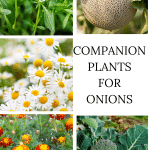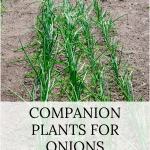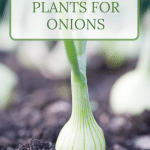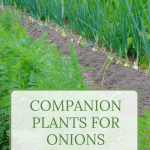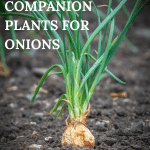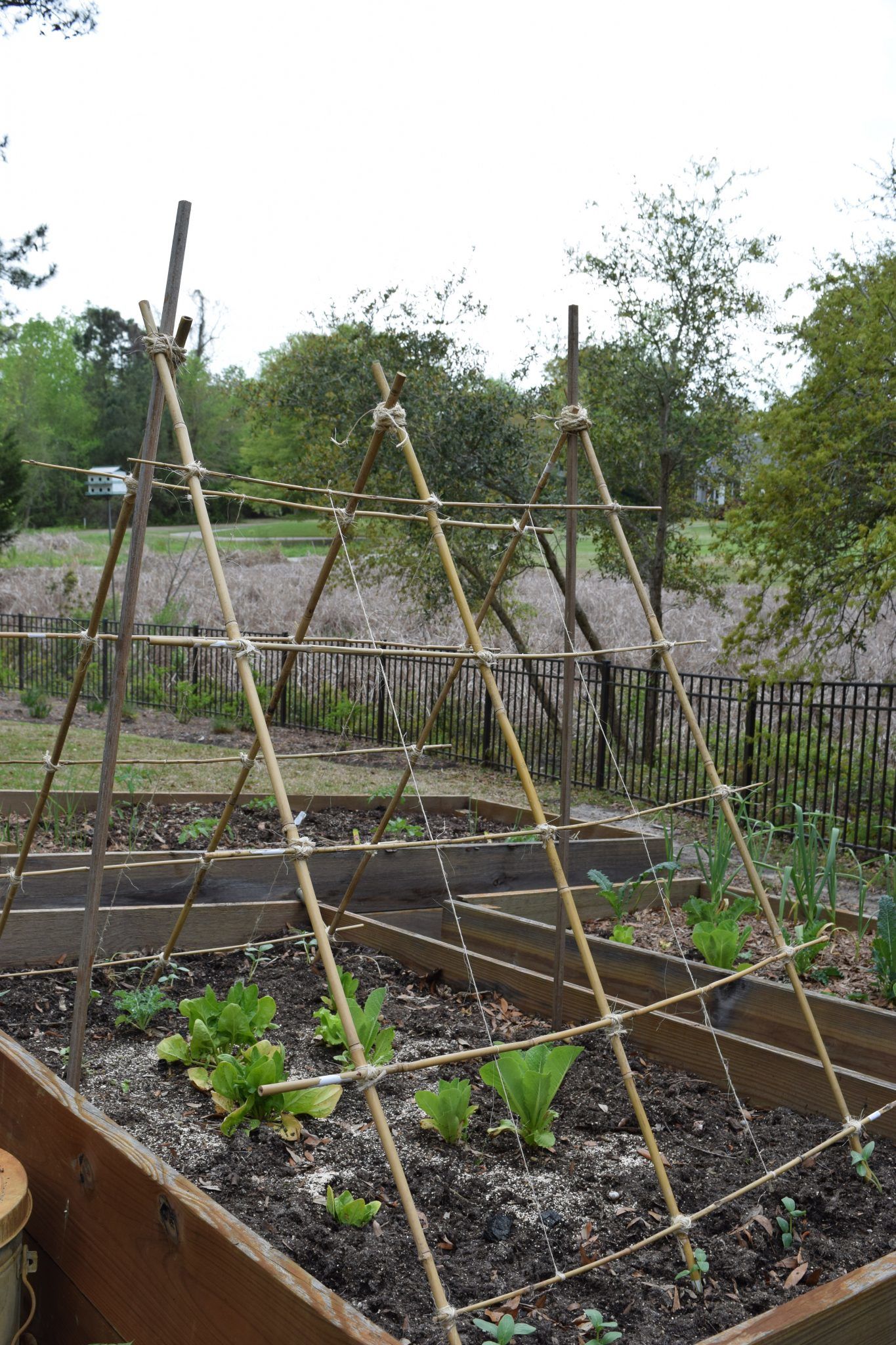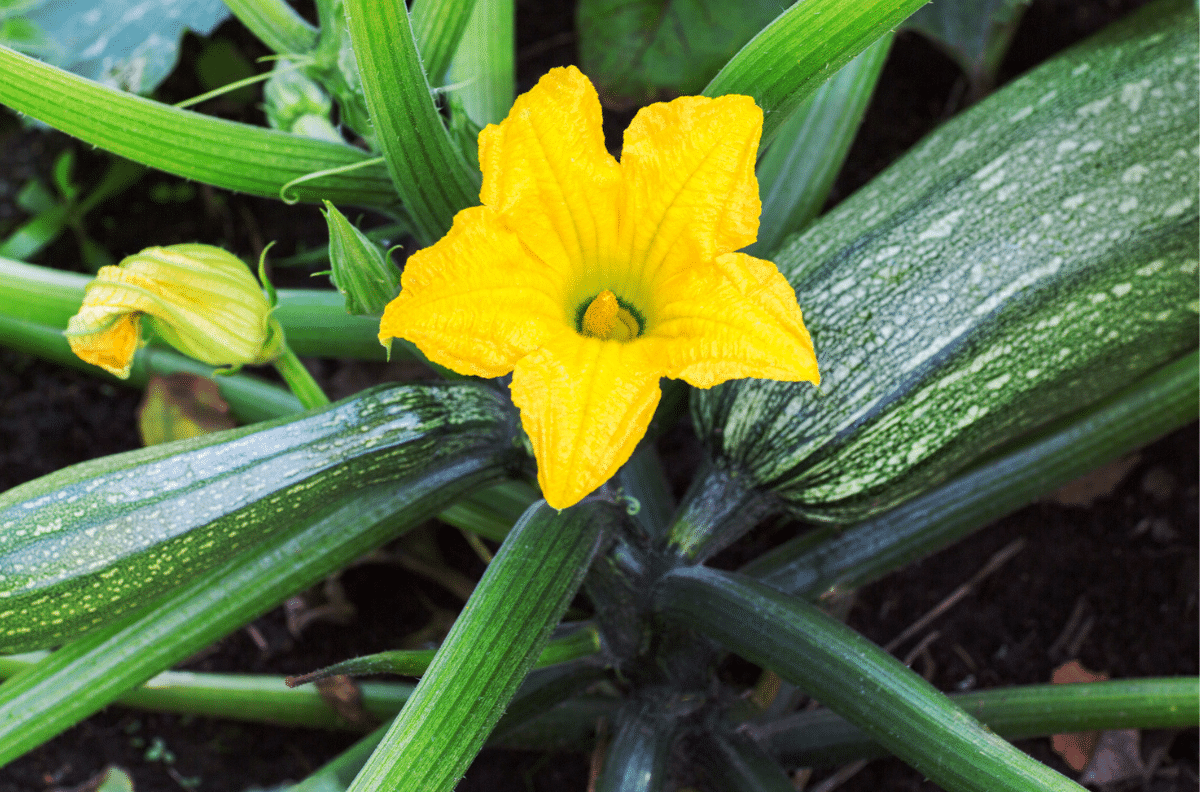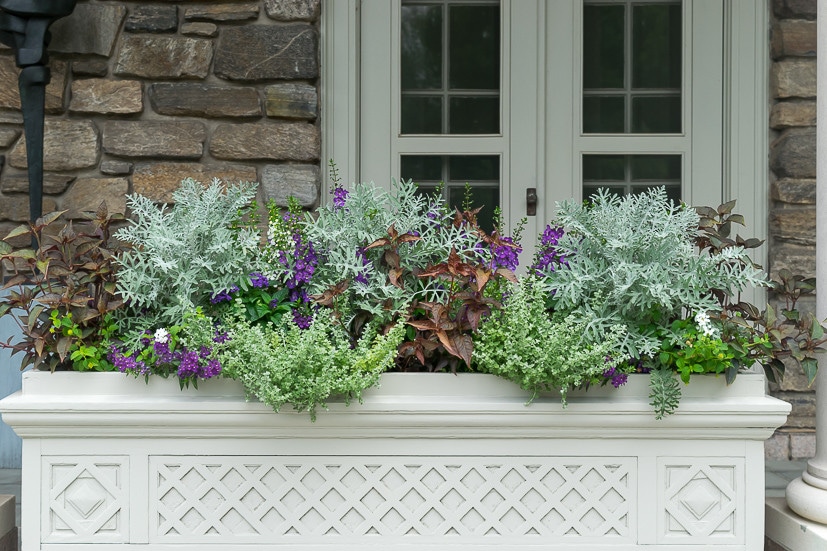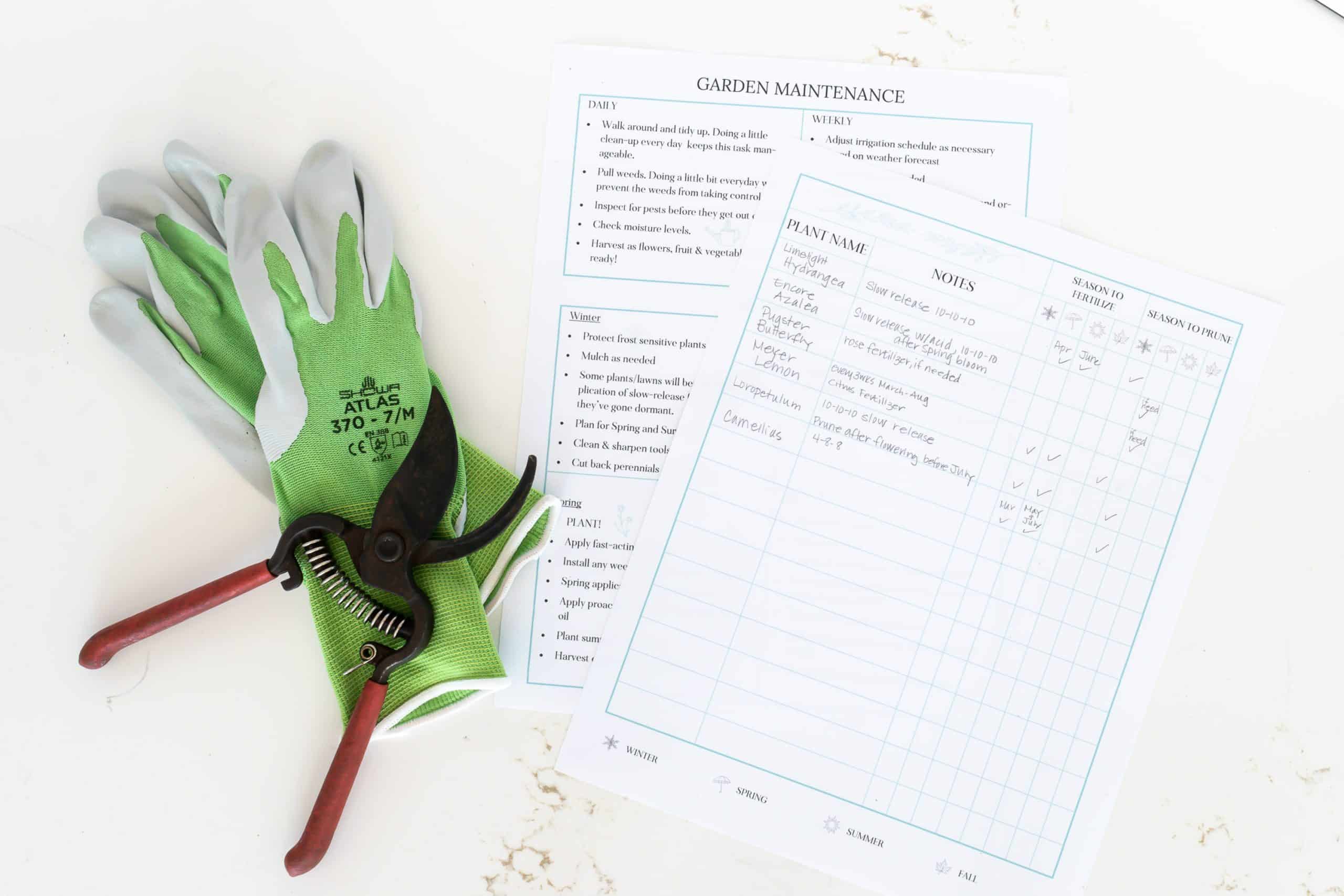Onion Companion Plants
This week, we are exploring the top 10 onion companion plants and how their interactions help your garden thrive. We’ll also cover the vegetables, herbs, and flowers you should keep away from your onions to prevent stunting growth and spreading diseases.
Onions are a culinary staple. Growing a variety of onions in your home garden allows you to add flavor to all kinds of dishes, make onion soups, give salads and tacos a crisp topping, and so much more! It’s the perfect addition to your garden, occupying little space and acting as one of the universal companion plants. Onions are beneficial for so many plants!
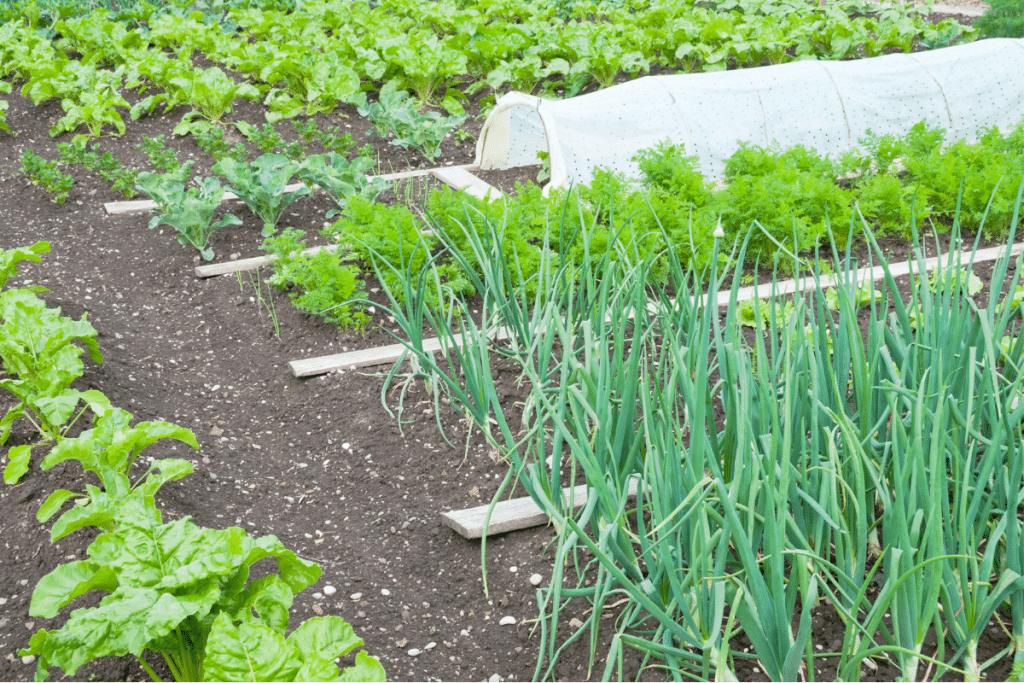
Table of Contents
So far, we have discovered companion plants for several common garden plants, like strawberries, peppers, zucchini, potatoes, cucumbers, and tomatoes. If you’re unfamiliar with the companion planting method, please check out the introduction to this Companion Planting series to better understand how this gardening hack helps your plants flourish.
Read on to learn about onion companion planting. Don’t forget to print the helpful chart that will guide you through the art of companion planting.
what do onions need for success?
- Plant onions in early spring once the ground is workable. Onions can be grown on any fertile, well-drained, easily worked soil.
- In-ground gardens and raised beds are both excellent options for growing onions.
- Space onion plants 6 inches apart in rows that are 12 inches apart. Grow them in a sunny spot with a soil pH of 6.0 to 6.8.
- Improve your soil by adding aged compost or other rich organic matter. Applying fresh manure to growing onions will cause the plants to develop thick necks and too many leaves at the expense of bulb formation.
- Onions struggle with getting enough water with their shallow roots. Keeping the soil moist is important so their shallow roots can access it. Water whenever the top inch of soil is dry.
- Fertilize with continuous-release plant food.
- Rotate so that onions and other alliums aren’t in the same bed for three to four years.
- Onions can be eaten at any size! Pull and enjoy them when they’re the right size for your meal.
- Include neighboring plants that attract beneficial insects.
The most common diseases and pests of onions can be avoided by having well-draining soil, crop rotation, adequate spacing, and incorporating companion plants that attract beneficial insects, like lacewings.
all about companion planting with onions
Gardeners of all skill levels should consider adding onions to their vegetable gardens. They come in various types, including scallions, red onions, and white onions, and they are relatively easy to grow. Perhaps the most impactful reason to include onions in your home garden is for natural pest control.
Onions are beneficial for various plants because of their strong scent that deters the peskiest garden pests. They repel aphids, flea beetles, rabbits, and other trouble-making critters.
Regarding the onion plant’s needs, the most valuable companion plants will repel pests, attract beneficial insects, and aid in producing a plentiful harvest or improving the onion’s flavor. On the other hand, gardeners should avoid situating their onion plants near those that will share pests and diseases.
10 onion companion plants
chamomile
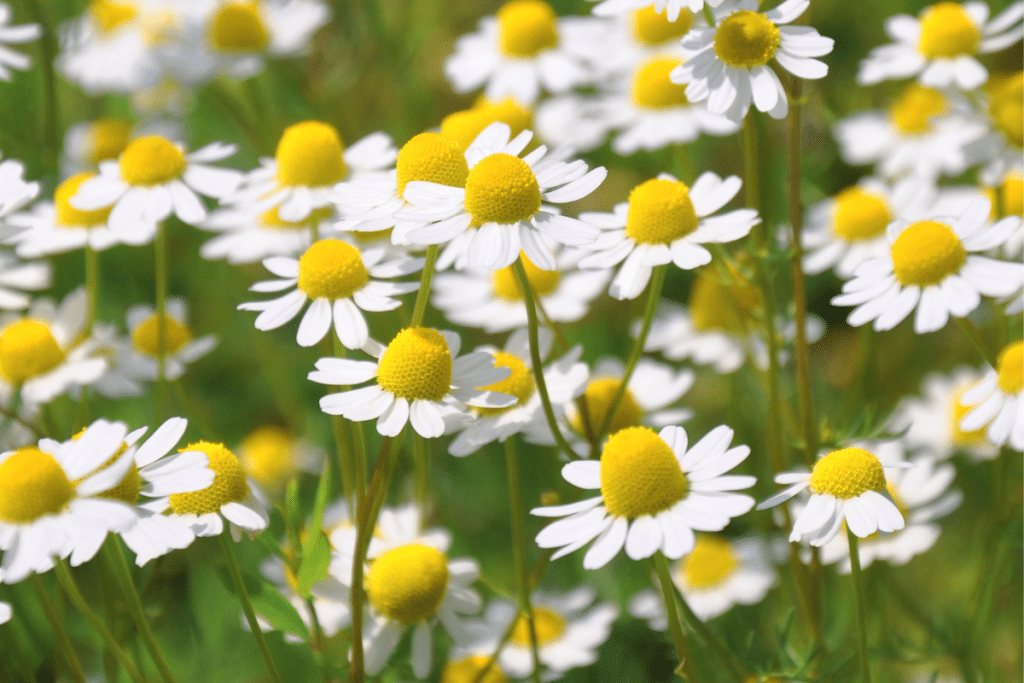
Chamomile is one of the best plants to incorporate with your onions. Chamomile’s fragrant bloom invites beneficial pollinators to your garden and attracts beneficial insects. Additionally, chamomile also helps reduce common fungal and bacterial diseases. And to top it all off, this flowering plant will even improve the flavor of your onions! In return, onions keep the aphids and beetles away.
the brassicas family
The brassicas family benefits from the onion plant’s insect-repelling properties. Onions are excellent at repelling some of the biggest foes of broccoli, cauliflower, cabbage, and Brussels sprouts. Cabbage worms, flea beetles, cabbage loopers, and cabbage maggots are notorious for destroying these vulnerable plants. When they are situated by onions, though, the members of the brassicas family have a much better chance of being unbothered by these garden pests.
beets
Although beets and onions thrive in similar conditions, their nutrition competition isn’t detrimental to their growth. Beets and other root crops are ideal onion companion plants, as the onions deter aphids, rabbits, and flea beetles. In turn, the beets keep thrips away from the onions.
carrots
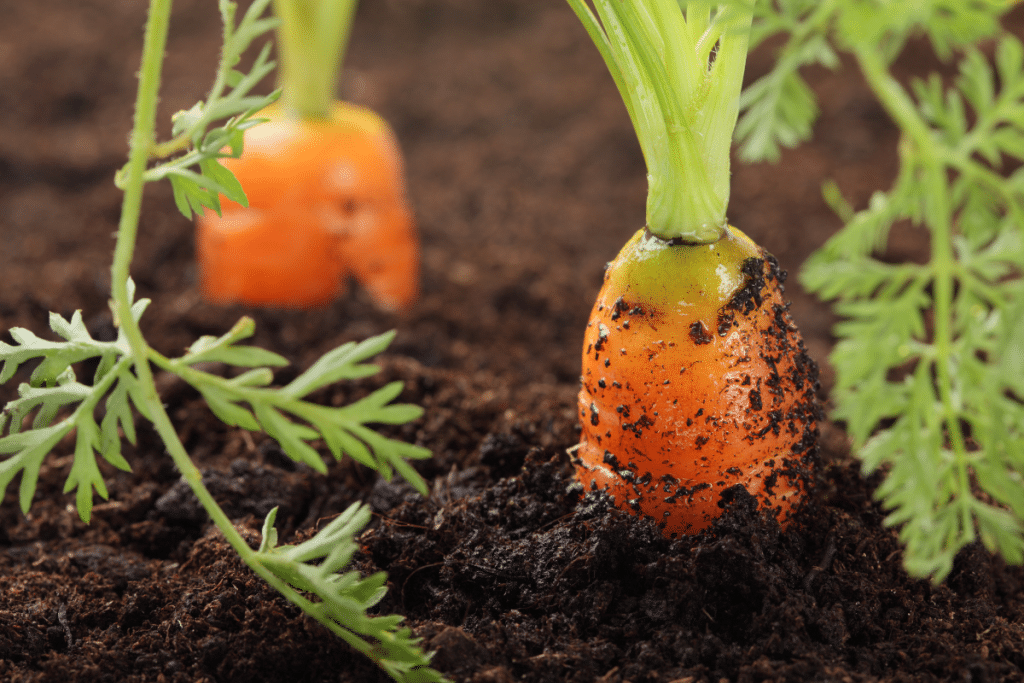
Carrots are great companion plants for onions. Seasoned gardeners consider onions and carrots a golden pair. They don’t only combine well in dishes, but the two veggies protect one another from their most destructive pests. As the carrot’s scent repels onion flies, the strong onions repel the carrot fly.
summer savory
Like chamomile, summer savory is an herb that boosts onion growth and improves the flavor. The blooms welcome pollinators like bees and butterflies. However, one of the most fascinating interactions between these two garden plants is how summer savory sweetens onions.
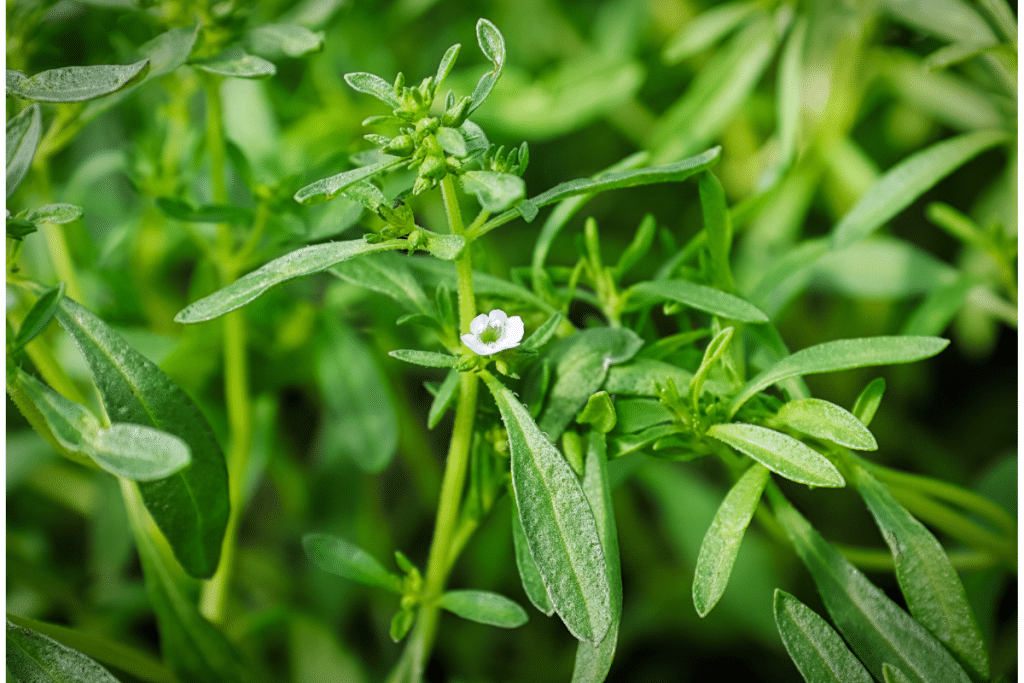
marigolds
Onions are also susceptible to an attack from pesky nematodes. Luckily, you can protect your precious onion plants by planting them near brightly colored marigolds. This flowering plant also attracts pollinators and predatory insects that consume other garden pests.
melons
When planted near onions, Cantaloupe, watermelon, and honeydew receive protection from pests.
lettuce
There are a couple of reasons lettuce is an ideal onion companion plant. First, as you may assume, onions help to keep lettuce-destroying pests away. And planting the two together is an excellent way to maximize the space in your garden. Lettuce has shallow roots, giving the onion bulbs plenty of room to grow.
radishes
Another strategic approach to growing onions is to mark where you have planted them. Of course, you can do this with a small garden sign. However, radishes also do the trick! Onions grow very slowly, while radishes rapidly sprout. So, suppose you plant radishes at the end of each row of slow-growing onions. In that case, they will be ready to harvest right around when your onions finally begin to show.
parsley and mint
If you’re having trouble with onion flies, plant onions near parsley and mint. The strong fragrance of these herbs masks the onion scent the flies are attracted to. Without adequate protection from onion flies, the maggots will destroy your onion bulbs before you get the chance to harvest them.
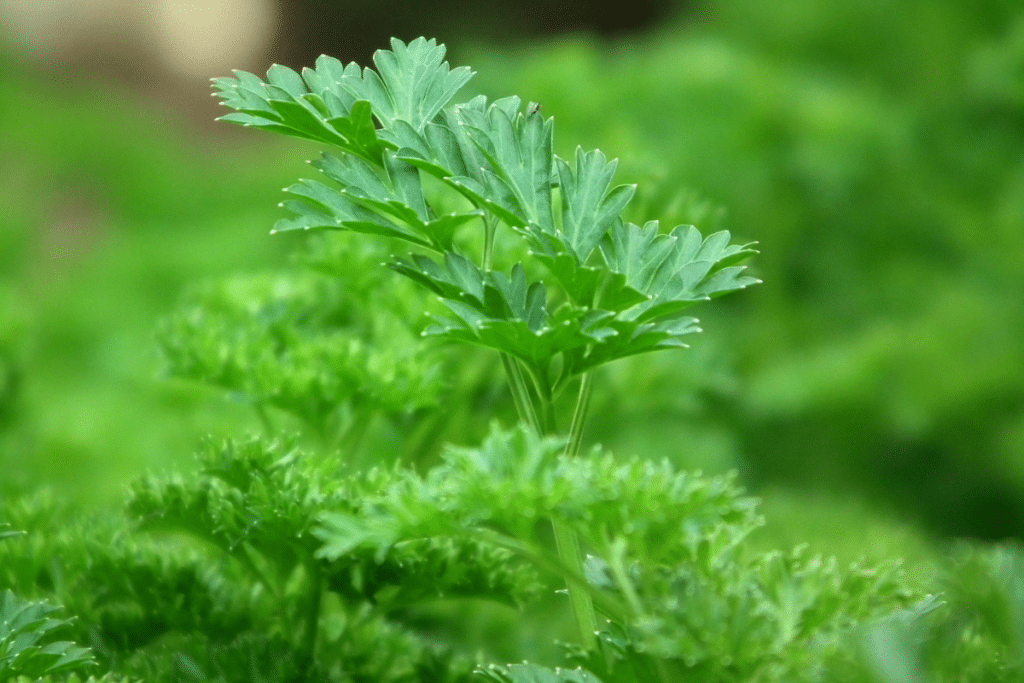
what are NOT good onion companion plants?
Companion planting has two sides—what plants benefit from being near one another and which have negative relationships. One of the most common negative interactions for onion companion planting is stunted growth. With many crops, like beans, peas, and asparagus, the onion plant’s growth may be impeded, as well as the others.
Another interaction you’ll want to avoid is planting onions near related crops, like garlic and leeks. Because members of the onion family are vulnerable to disease and pests, when in the same area, the plants easily pass them back and forth, which is detrimental to the growth of both.
You’ll also want to avoid planting onions with plants that have different growing conditions.
To maintain healthy and thriving onion plants, keep them away from the following plants:
legumes
Avoid planting alliums near legumes. Alliums exude a chemical that kills the beneficial bacteria on the roots of legumes.
asparagus
Onions (and all alliums) will stunt the growth of asparagus if planted close by.
sage
Sage is known to stunt the growth of alliums, in general.
other alliums
Other Alliums (garlic, leek, shallots, chives) all attract the same pests, onion maggots, and onion flies. Planting them all together is asking for damage to all these crops.
what’s next for your companion planting guide?
Now you know all about onion companion planting, your garden is on its way to flourishing like never before! So, what’s next for our Companion Planting Guide?
We’ve covered many common garden plants, like cucumbers, strawberries, tomatoes, peppers, potatoes, zucchini, and onions. Don’t forget to reference the helpful companion planting chart.
Have fun implementing the remarkable techniques of this unique gardening method, and check in next week to learn even more!
Bookmark this page or pin the following image to return back to this post on Companion Plants for Onions.
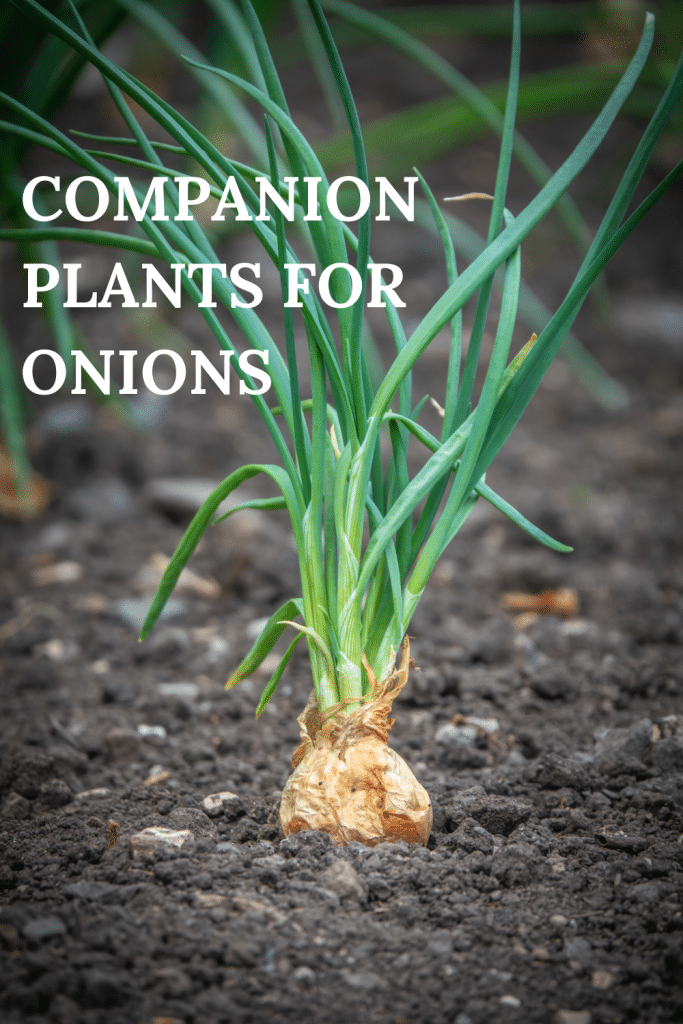
Thanks so much for spending a few minutes of your busy day with me!
To ensure you don’t miss future content, pop your email in the pale green box on the right or click here. I usually send one email weekly, so I won’t inundate your inbox. I’m sensitive to an overflowing email inbox!
We will only use your email address to send you emails, no more than 1-2 weekly. In addition, you will have access to my growing library of knit & crochet patterns and other printables. Check back often as this library will continue to grow. You can unsubscribe anytime by emailing me or clicking on the “unsubscribe” link at the bottom of all emails.
And you can access many of the products I refer to on my Nourish and Nestle Amazon Page. You can access it here.
So, if you’d like to participate in the ‘subscriber benefit’ action, simply subscribe to Nourish and Nestle here or use the form on the right sidebar. It’s slightly towards the top.
I have sent all my subscribers the link to the Subscriber Benefits Library. If you missed it or misplaced it, let me know.
Until next time…


